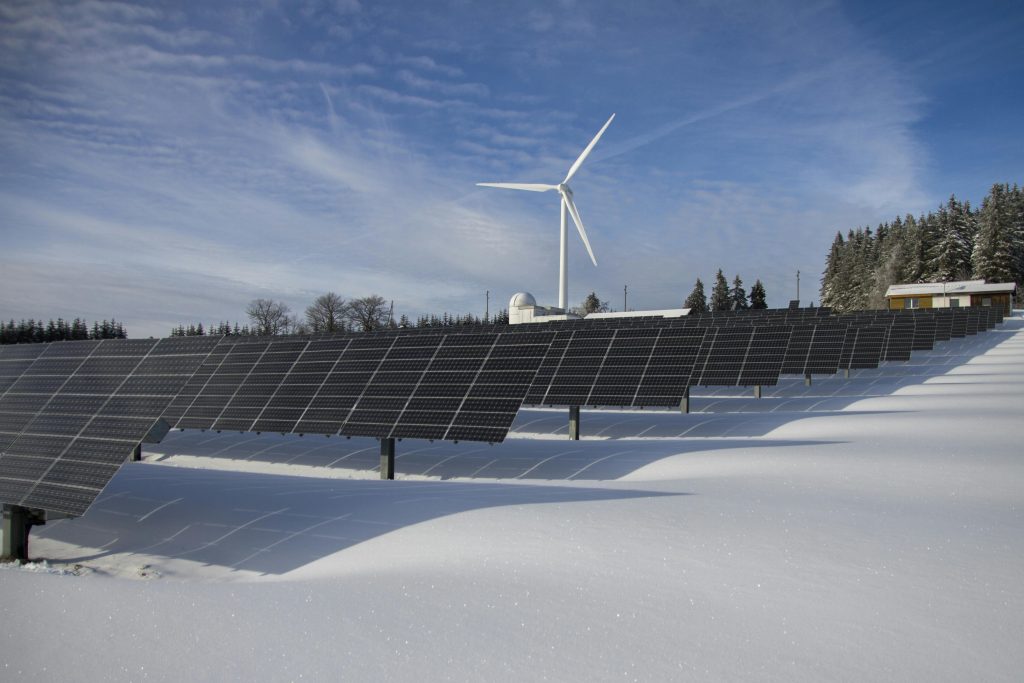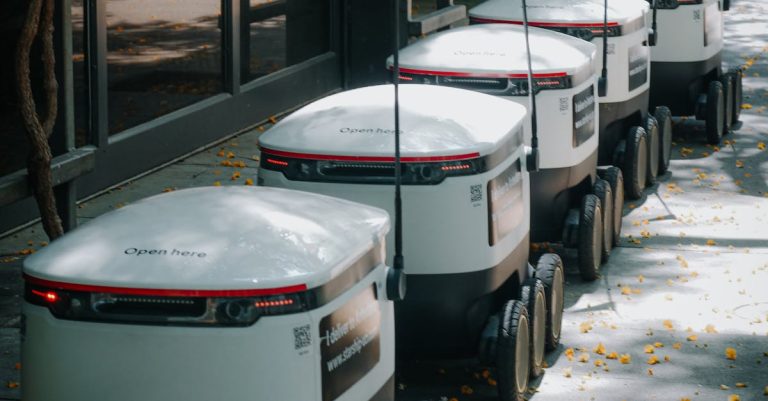Introduction
Around the world, governments, industries, and households are embracing one of the most significant transformations of our time—the shift to renewable energy. As concerns over climate change, energy security, and fossil fuel dependence grow, renewable energy sources like solar, wind, hydro, and bioenergy are becoming the cornerstone of a cleaner, more sustainable energy future.
But what exactly does this shift mean? Why is it happening now? And how does it impact everyday consumers and businesses?

In this article, we break down the drivers behind the renewable energy transition, explore key technologies, and examine what the future of energy could look like in Australia and beyond.
What Is Renewable Energy?
Renewable energy refers to energy derived from natural sources that are constantly replenished. Unlike fossil fuels (coal, oil, gas), which take millions of years to form and emit harmful carbon when burned, renewable sources are cleaner, more sustainable, and often more cost-effective in the long term.
Common Renewable Sources:
- Solar energy: Captured from sunlight using photovoltaic panels
- Wind energy: Generated through wind turbines converting motion into electricity
- Hydropower: Produced by moving water through turbines (dams, rivers)
- Bioenergy: Derived from organic materials like wood, crops, and waste
- Geothermal energy: Heat extracted from beneath the Earth’s surface

Why the World Is Shifting to Renewable Energy
The transition is driven by a combination of environmental, economic, and technological factors.
1. Climate Change and Emissions Reduction
Fossil fuel combustion is the largest contributor to greenhouse gas emissions. Renewable energy helps:
- Reduce carbon footprint
- Meet national and global climate targets (e.g. net zero by 2050)
- Improve air quality and public health
2. Energy Security and Independence
Countries are reducing reliance on imported fuels by investing in local renewable infrastructure, making energy systems more resilient and less vulnerable to geopolitical disruptions.
3. Falling Technology Costs
Renewable technologies, particularly solar and wind, have seen dramatic cost reductions in the past decade. Solar PV, for example, is now one of the cheapest forms of new electricity generation globally.
4. Job Creation and Economic Opportunity
The renewable sector is a major source of new employment—from manufacturing and installation to research and innovation.
Australia’s Role in the Renewable Energy Transition
Australia is uniquely positioned to lead the renewable revolution thanks to its:
- Abundant sunlight and open land for solar farms
- Strong wind resources, especially in coastal and regional areas
- Innovation in grid technologies and battery storage
- State-led clean energy targets and community-driven solar uptake

By 2023, more than 30% of Australia’s electricity came from renewable sources—a figure expected to climb significantly in coming years.
Challenges of Transitioning to Renewables
Despite the momentum, the shift isn’t without its challenges.
1. Grid Reliability and Infrastructure
- Renewable energy can be variable (e.g., solar only works with sunlight)
- Upgrading the grid and investing in energy storage (like batteries) is key to ensuring stable supply
2. Storage and Backup Systems
- Technologies like lithium-ion batteries, pumped hydro, and hydrogen are being developed to store excess energy and provide backup during low production times
3. Policy and Regulation
- Government support through incentives, subsidies, and legislation is critical to accelerate adoption and attract investment
4. Transitioning Jobs and Industries
- Fossil fuel-reliant regions need pathways for economic transition, retraining, and support for affected communities
How This Shift Affects You
For Households:
- Solar panel adoption reduces electricity bills and increases energy independence
- Battery storage systems allow energy use after dark
- Feed-in tariffs let you earn from excess solar power
For Businesses:
- Green credentials appeal to customers and investors
- Operational savings from switching to renewables or carbon-neutral providers
- Growing importance of ESG (Environmental, Social, and Governance) reporting
For Investors and Innovators:
- New opportunities in clean tech, energy management software, and smart grids
- Government grants and funding schemes available in Australia

The Future of Renewable Energy
The future energy landscape will be smarter, cleaner, and more decentralised.
Key Trends to Watch:
- Virtual power plants (VPPs): Homes and businesses linked via smart grids to trade energy in real-time
- Hydrogen energy: Green hydrogen as a clean fuel alternative
- AI-driven energy optimisation: For managing consumption and reducing waste
- Energy-as-a-Service models: Subscription-style access to clean power and battery solutions
Conclusion
The shift to renewable energy is more than a trend—it’s a global movement reshaping how we power our lives and economies. While challenges remain, the benefits are clear: cleaner air, lower emissions, more resilient infrastructure, and a sustainable future for generations to come.

Whether you’re a homeowner, business owner, or policy advocate, now is the time to understand, support, and participate in the transition.
The future of energy is renewable—and it’s already underway.













